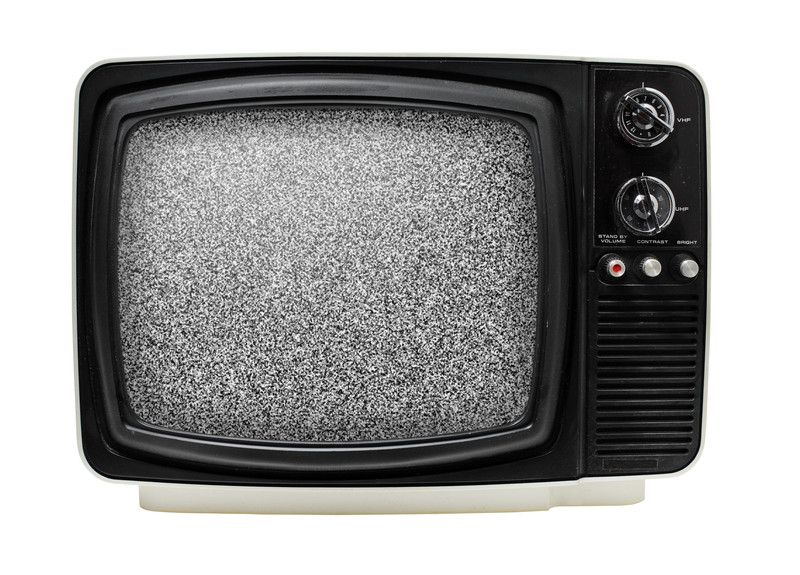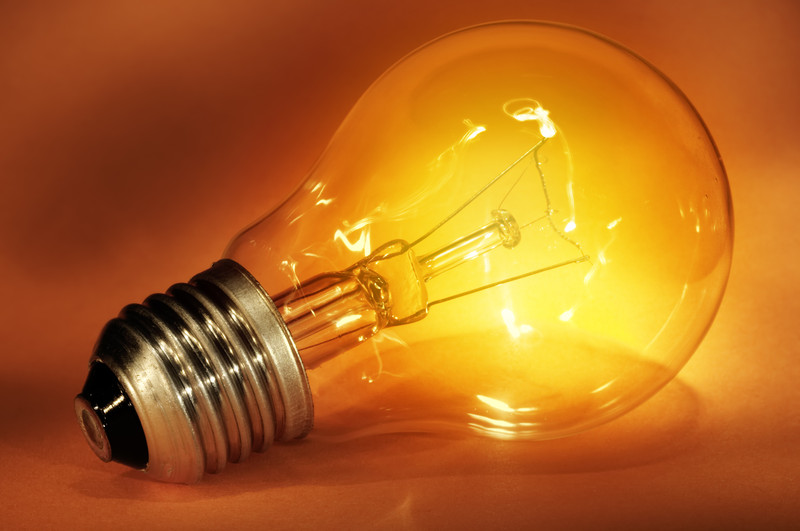
LED, LCD, Plasma
posted in Information guides by Kelly on 20:49 Sep 24th, 2015
LCD, LED, PLASMA
An Explanation
What is the difference?
In the early days of TV technology there was only one option - CRT. This means cathode ray tube. You know that huge great box in the corner of your grandparents room they call a TV. Nowadays this is all but gone with very few remaining. The options are instead very much greater. LCD, LED, Plasma. The big question is which is best and while we are at it what is the difference between them??

The three are very different especially in terms of how the screens work and are illuminated. They utilize different technologies and the resulting picture even on the same image can be seen very differently. Much is down to each individual set but comparitively they are very different and changing all the time.
In a plasma the picture is produced by phosphors (a type of gas) sandwiched between layers of glass. When power is applied and the screen is lit up the gas acts like a collection of mini lights tubes that emit UV and it is this that produces the image you can see when they hit the RGB cells on the screen.
In earlier days plasma technology leant towards the picture being very inky and low grade in quality. BUT in the last 7 years massive advances have been made to bring plasma screens to the technological forefront with the result being some very high quality and long lasting sets. Most are now full HD which makes a massive difference to the sharpness and quality of the picture. Plasmas have been said to give better blacks and a more natural range of colours. This I believe is more subject to opinion and not fact. LED TVs actually have a far greater range of colours and are much crisper generally than plasmas but it is very much down to each individual set.
LCD TVs are decreasing in number these days, being replaced by LED technology that is more efficient and gives a better picture. LCD TVs contain LCD tubes - light tubes like strip lights but on a miniscule scale. LCD stands for Liquid Crystal Display. These sets are lit from behind by the flourescent tubes which cast light onto a matrix of liquid crystal cells. Each cell is controlled by a ignal that tells it how much light to let through resulting in the build up of a picture. This is why a smashed LCD screen appears to be filled with fluid. For a long time LCD TVs were the most popular sets on the market but they have recently been eclipsed by LED TVs for which the technology and quality has improved leaps and bounds.
LED (light-emitting diode) TVs have two versions. LED backlit and LED sidelit models. The variation is exactly as it sounds. These both work in a similar manner to the LCD sets in that light is still shone onto a matrix that is made up of liquid crystal cells but instead of being lit by flourescent tubes they are now lit by a handful of tiny LEDs. The result of this being a much slimmer TV that is much more economical to run e.g. a 43" LED set will run at around 64 watts with the equivalent plasma being nearly triple that. This means that it costs less in power consumption than many light bulbs!

LED TVs are leading the market in modern TV technology with the TVs becoming increasingly complex and able to do more and more. The quality of the TVs is astounding and is still improving with the advent of 4K technology. In China and Japan alongside Korea, they are working on 8K technology at present although it is likely to take a while to reach us over here.
Things are changing at a rapid rate and it can be very confusing. If we can help you further then do not hesitate to contact us. Our staff are still learning too about this ever-changing world during a time of exciting and massive change!














